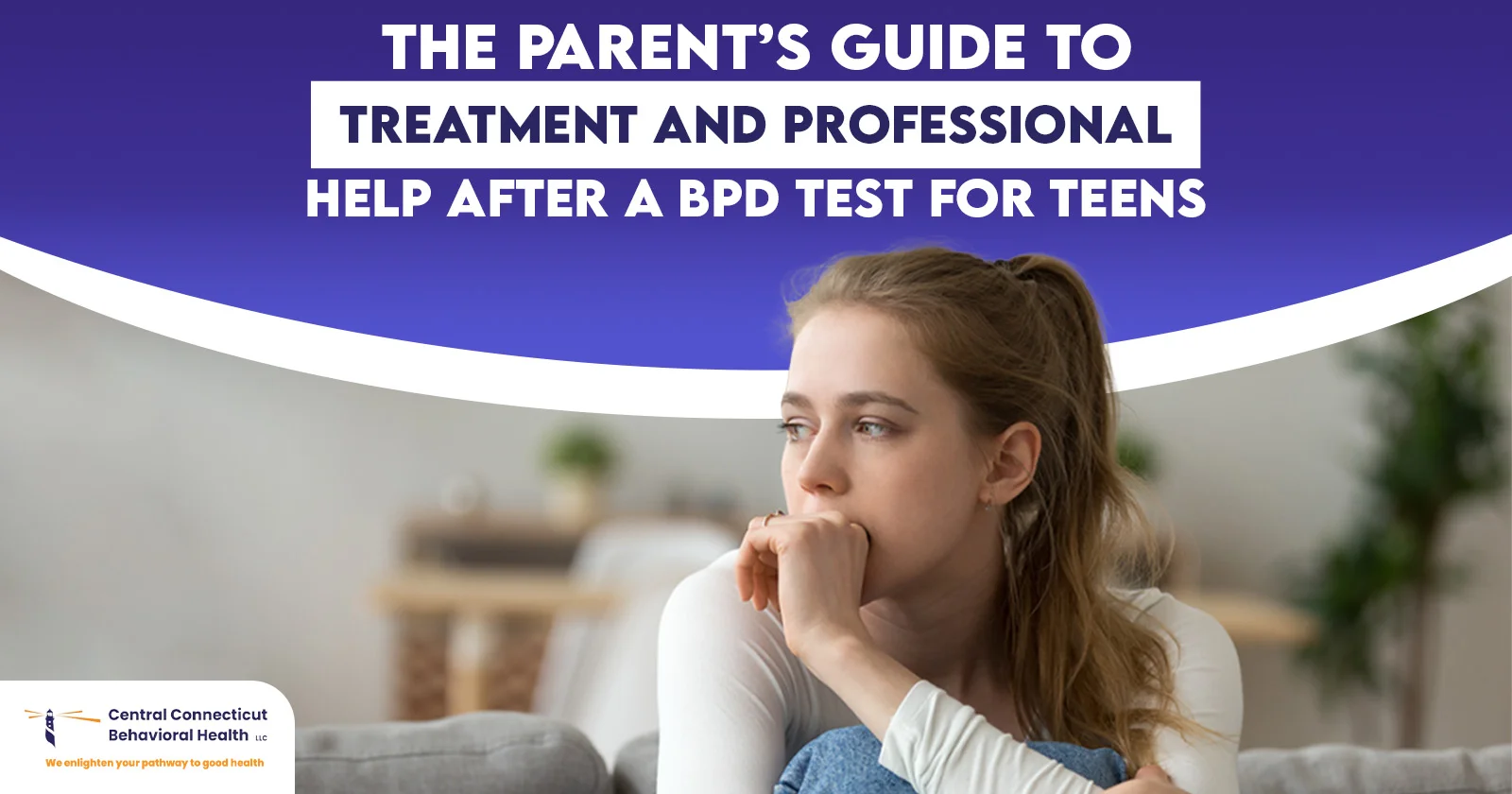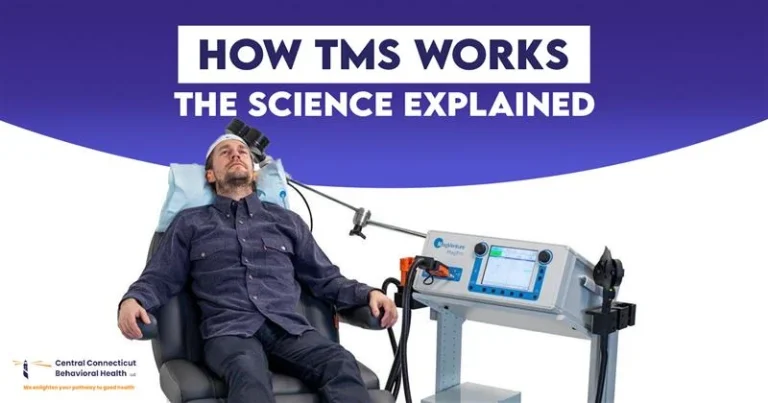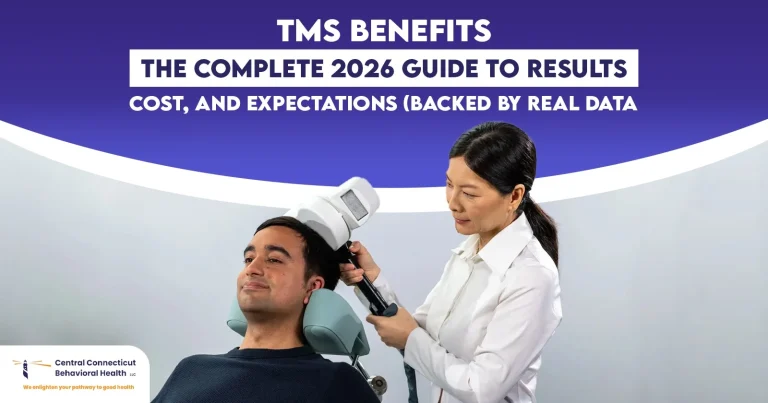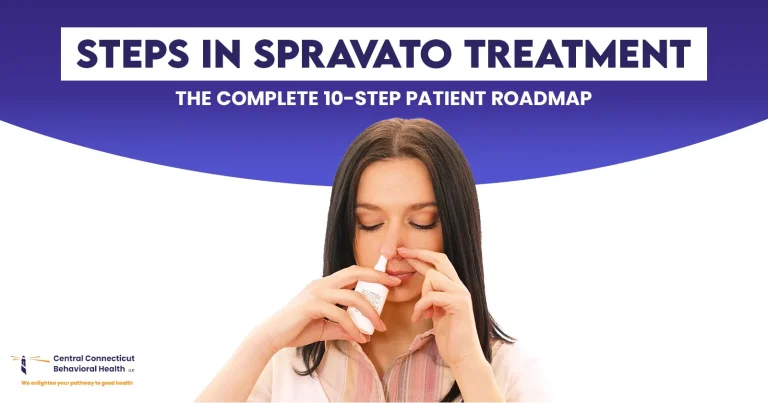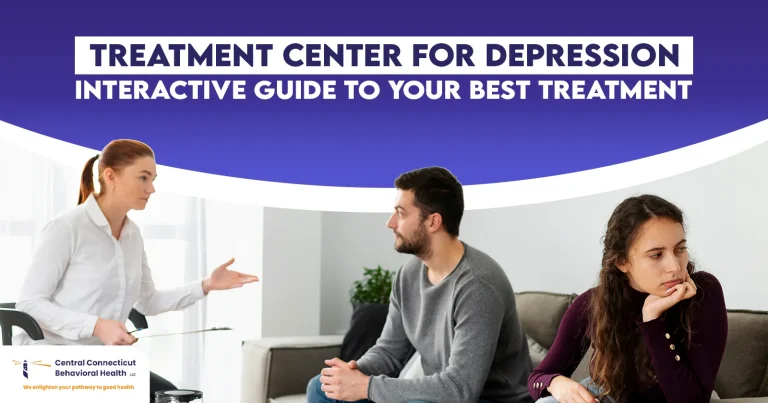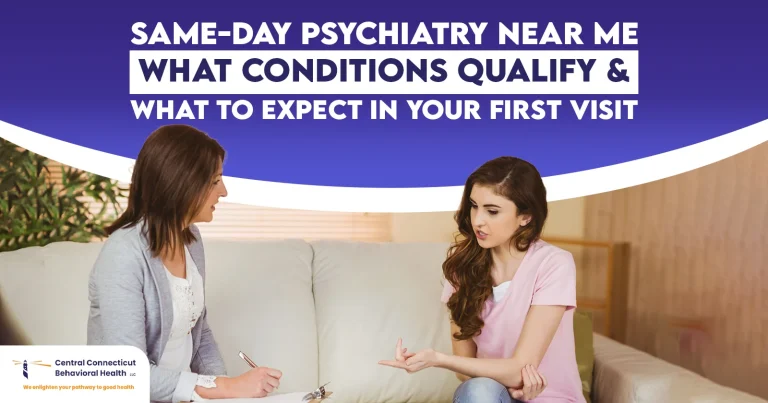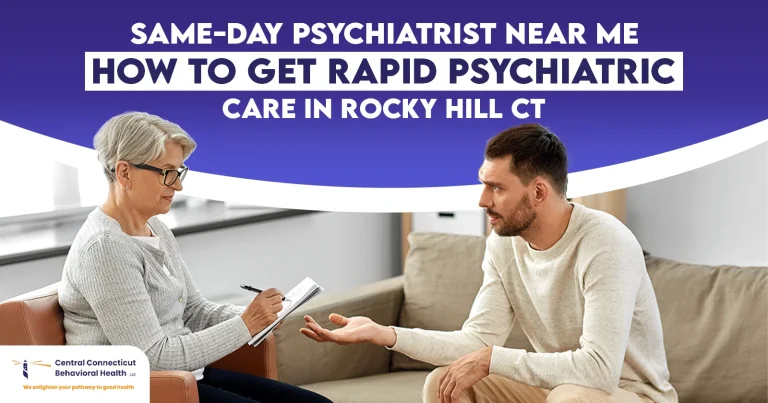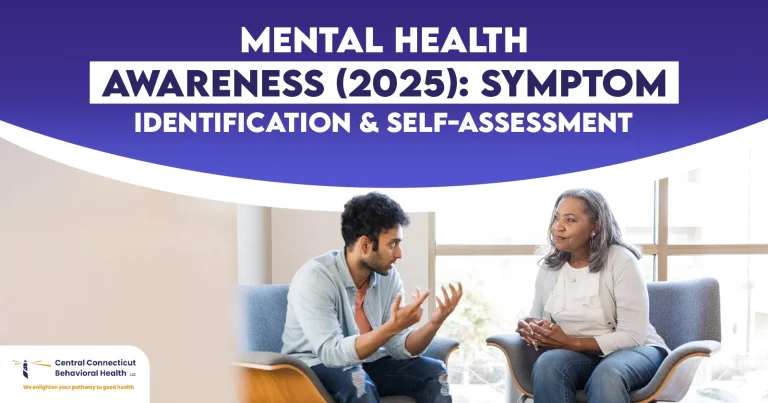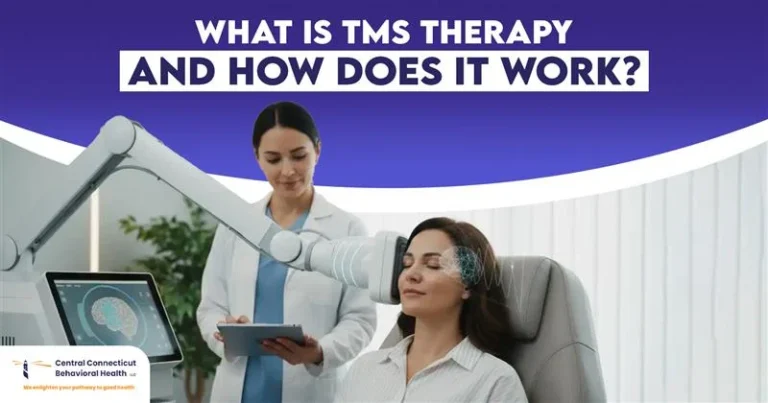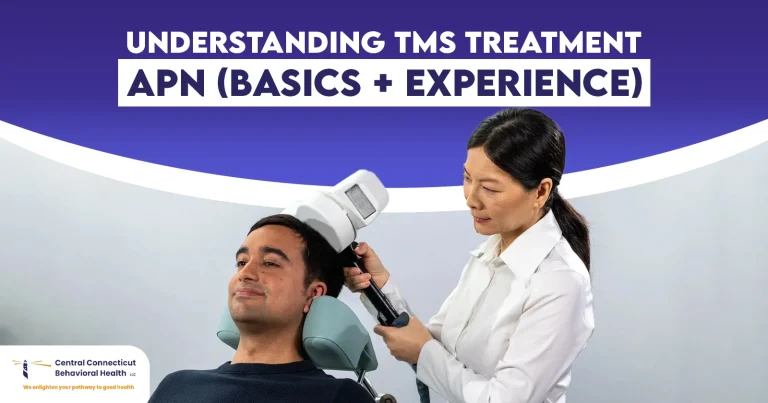The parenting of teens can navigate a storm because of their unpredictable emotions, changing the constant mood and challenge to understand what happens below. When your young teen starts raising emotional lifting that appear beyond typical teens, you can fulfill the term BPD test for teens. This type of assessment helps professionals identify emotional patterns, self-images to determine if your teen can benefit from therapy or more assessment. They understand what this test means and how you react later can help you direct your teens to proper psychological support.
At Central Connecticut Behavioral Health, we believe that awareness is the first step toward healing. By learning more about borderline personality disorder (BPD) and what professional testing involves, parents can replace fear with knowledge and uncertainty with action.
Understanding Borderline Personality Disorder (BPD) in Teens
Raising a teenager is never simple. The change of emotions, unexpected reactions, and a growth of independence is all part of development.
Yet sometimes, those changes feel heavier, more intense or unpredictable than usual. When mood shifts begin to affect friendships, schoolwork, or safety, parents may hear the words borderline personality disorder (BPD) for the first time.
A BPD test for teens is not a label; it’s a first step toward understanding why a teen feels and behaves the way they do. The goal is to open a path toward support and recovery, not to define the child by a diagnosis.
Central Connecticut Behavioral Health believes that timely awareness and expert recommendations can prevent the long-term distress. When a young person receives the right help early, their outlook can change dramatically.
What a BPD Test for Teens Really Means
Parents often imagine a single “yes or no” result, but screening for borderline traits is far more nuanced.
Clinicians use structured interviews and rating scales, sometimes including questionnaires such as the MSI-BPD, to look for patterns of emotion, thought, and relationships.
Many caregivers search online for phrases like “borderline personality disorder test for teens free printable” or “borderline personality disorder test for parents.”
These can be useful awareness tools, but professionals remind families that only trained clinicians can interpret them accurately.
The purpose of professional screening is to:
- Identify emotional regulation difficulties.
- Observe impulsivity or sensitivity in relationships.
- Understand how symptoms affect daily life and self-image.
- Create an early treatment plan designed for adolescent development.
How Professionals Interpret the MSI-BPD Score for Adolescents
Parents sometimes ask “how to interpret MSI-BPD score for adolescent” results online. It’s important to know that mental-health professionals evaluate these scores alongside interviews, history, and observation, not as a stand-alone verdict.
At Central Connecticut Behavioral Health, clinicians explain results clearly so both teens and parents understand them in plain language.
The goal is to translate complex assessments into guidance the family can act on therapy recommendations, coping strategies, and continued monitoring.
After the Test–Next Steps for Parents
Hearing that your teen shows borderline traits can bring up fear and guilt, but it’s not a dead end. It’s the starting line of care.
- Stay calm and informed. Learn about the disorder from credible sources rather than social-media posts.
- Asking questions. Understanding what the results mean builds trust between you, your teen, and their therapist.
- Schedule consistent therapy sessions. Skills-based approaches such as dialectical behavior therapy (DBT) and cognitive-behavioral therapy (CBT) can help adolescents manage strong emotions.
- Keep communication open. Talk with your teen about feelings, not just behaviors.
This is also where many parents wonder, “should I take my teen to therapist for borderline signs?”
The answer, according to Central Connecticut Behavioral Health, is yes, early intervention reduces long-term distress and helps teens learn emotional regulation before patterns deepen.
Searching for Teen Borderline Personality Disorder Help Near Me
Access to specialized care is important. The search for “teen borderline personality disorder help near me” can lead parents to local programs that provide the the family therapy and education. Clinics such as the Central Connecticut Behavioral Health of the self-consignment and psychiatrists, the patients and families, and therefore treatment is as they seem to be transparent.
When you choose a provider, ask for:
- Mental health professionals approved with adolescent training.
- Programs to learn the mindful skills and tolerance for concern.
- Family-inclusive therapy models.
- Availability of telehealth for ongoing support.
Talking to Your Teen About Their Borderline Personality Disorder Test
Even when the assessment feels intimidating, communication can soften its impact. Parents frequently ask “how to talk to my teen about borderline personality disorder test” without creating shame.
- The key is gentle honesty: explain that the test identifies areas where therapy can help and there’s not something “wrong” with them.
- Practical tips: Pick a calm moment, not during conflict.
- Use “we” instead of “you” statements.
- Focus on force: empathy, creativity, emotional depth.
- Enhance you receive the help is a sign of courage, no weakness.
Professionals at Central Connecticut Behavioral Health Clinics often take parents through these first conversations to enhance confidence and hope.
Ensuring a Supportive Home Environment
A safe house can make professional treatment much more efficient.
Parents can:
- Save predictable routines (sleep, food, study).
- Entire adaptation model – deep breath, journalism or exercise.
- Encourage positive friendship and secure activity.
- Limit the criticism; Wishing you efforts, not only achievements. S
- how consistency and steps of families, familiar adolescent teens that station is also possible during emotional storms.
Long-Term Outcomes for Teens with Borderline Personality Disorder
Many families fearing the label follow their adolescent forever. But shields and the clinics like Central Connecticut Behavioral Health ensures that receiving the probable therapy may lead to the development of adult life. Therapists follow the emotional regulation, relationships and self-analysis.
Here’s an error, there was an error, please try again later. That’s all we know. That’s why awareness of a BPD test for teens is not a constraint; instead it is a growth.
Long-term results can be improved when:
- Teenagers engage in therapy with time.
- Parents remain engaged and informed.
- Schools cooperate with clinics for continuous support.
- Adaptation strategies are practical at home every day.
What Does MSI-BPD Test for Adolescents Mean?
MSI-BPD test is a short examination questionnaire created to identify symptoms associated with limited borderline personality disorder. Helps professionals acknowledge emotional instability, impelling and models in relationships or self-images that may need a new attention. It is important to note that MSI-BPD test is not a diagnosis instrument. Instead, it is a ready initial information that instruct clinics in the most detailed evaluations. Parents looking for a “Borderline Personality Disorder Test for Teens Free Printable” often need to understand that a printed version should be used for educational purposes, not for the diagnosis.
How Mental Health Professionals Interpret the MSI-BPD Score
When discussing how to interpret MSI-BPD score for adolescents, expert clinicians focus on behavioral models than on a fixed number. The result if you only help determine if a young person can benefit from a deeper assessment. For example, a high-BPD result may suggest that the individual experience emotional or difficulty in the relationship. However, the diagnosis should always be confirmed by clinical interviews, family contribution and psychological observation. In the central Connecticut Behavioral Health, our team examines some evaluations in the context of the story along with certain mechanisms and coping strategies to ensure and care.
Why Early Screening Matters
Identifying emotional and behavioral difficulties early can make a major difference. Teens showing possible symptoms of Borderline Personality Disorder often face struggles in relationships, school performance, or self-esteem.
An MSI-BPD screening for teens offers a starting point for understanding these challenges and promoting emotional growth. When parents or guardians take interest in a Borderline Personality Disorder Test for Teens, they demonstrate an important step toward open communication and early intervention.
Encompassing to compassion, Central Connecticut Behavioral Health support families in recognizing these signs first and work in the balance.
Support for Parents and Families
Several parents require a Borderline Personality Disorder Test For Parents to help them understand what their child is struggling through. Although the self-test or printable resources can be teaching, they cannot replace information from an authorized professional. Central Connecticut Behavioral Health encourages the parents to interpret their teen behaviors, explain likely to be able to learn more healthy and useful ways to communicate. We also offer family education sessions, support and therapeutic resources that focus on the emotional liner and emotional wellness.
Understanding Long-Term Outcomes for Teens with BPD Traits
The long-term results of anticipated intervention are often positive when the support begins earlier. Thank you to the participation of family and consistent treatment, that several teenagers, build their hands, and improve the overall quality of life. At Central Connecticut Behavioral Health our aim is to provide sustainable treatment plans that encourage personal growth and resistance, allowing teens health improvement and stability.
Printable Diagnostic Text and Score Entries: Awareness for Parents
Some online instruments may include inputs of printable diagnosis or result for self-screening. Even if these resources can increase consciousness, they must be used with caution. The MSI-BPD test for Adolescents is more accurate when interpreted by professionals involving the context of the development of teens. If you find a free printable borderline personality disorder test for teens and free testing of the personality disorder of the confines for adolescents, considers only as educational reference. Results never replace professional diagnostic assessment.
Key Takeaways for Parents
MSI-BPD test for Adolescents is a precious tool of review, not a diagnostic test. Understanding the interpretation of MSI-BPD score requires professional knowledge. Free printable versions can educate parents, but should not replace expert evaluation. The prior recognition leads to the long-term outcomes for teen. Central Connecticut Behavioral Health offers compassionate care for teenagers and families.
Final Words
Understanding your teen’s emotions is one of the most powerful things you can do as a parent. Taking a BPD test for teens can be the first step toward recognizing emotional patterns that need attention. The results do not determine your child, simply direct the right help and the way to heal. In the Central Connecticut Behavioral Health, our attentive professionals offer the Therapeutic Tips and opportunities for each teen. Whether it is a Borderline Personality Disorder Test for Teens Free Printable or a comprehensive evaluation by professionals, what matters the most is the search of a good support. With understanding companies, patience and professional care, your teen can build strong emotional health and a bright future.
FAQs: BPD Test for Teens
-
What is the MSI-BPD test used for?
This test helps identify the symptoms related to BPD for adolescents. It is a tool used for screening purposes for further clinical evaluation.
-
Can a printable Borderline Personality Disorder test be used by parents at home?
It can be used at home just to analyze the symptoms of their teens but only for educational purposes. Parents still need a licensed professional to interpret the results.
-
What does the MSI-BPD score mean?
The MSI-BPD score provides an overview of behavioral and emotional traits. Only professionals can accurately interpret these results within a full diagnostic process.
-
How does Central Connecticut Behavioral Health help teens?
Our team offers assessments, therapy, and family education to support emotional regulation, communication, and long-term recovery for teens showing signs of BPD traits.
-
What are the long-term outcomes for teens with early BPD support?
Early evaluation and treatment can improve emotional stability, relationships and general wellness in whole teen and adult era.
-
Is the MSI-BPD test for adolescents accurate?
The MSI-BPD test is a reliable screening tool, but it’s not meant for self-diagnosis. Its accuracy improves when interpreted by trained clinicians, such as those at Central Connecticut Behavioral Health, who assess results in context with behavior and emotional patterns.
-
Can the MSI-BPD test be taken online?
Some websites offer the Borderline Personality Disorder Test for Teens Free Printable or online formats for learning purposes. However, these are educational only and should not replace a professional evaluation.
-
What should parents do after taking the MSI-BPD screening?
If the review increases the concerns, parents should address an authorized mental health provider. Central CT Behavioral Health Offers limits to the future steps, and better options for families.
-
What should teens expect during a professional evaluation?
During an evaluation, a clinician will talk with the teen about their emotions, thoughts, and behaviors. This helps create a full understanding of their mental health beyond what a simple test can show.
-
What if my teen feels anxious about taking the MSI-BPD test?
Reassure them that this test is only a way to better understand emotions and find helpful support. You can find a quiet and friendly environment at Central CT Behavioral Health where our professionals encourage teenagers to speak openly.


